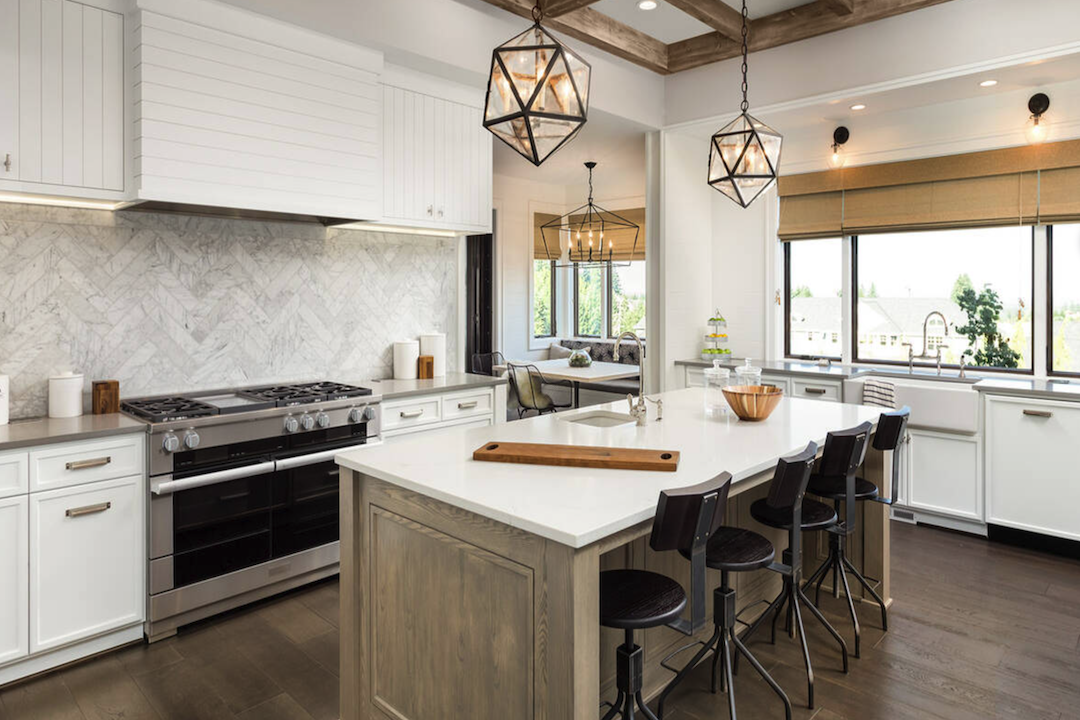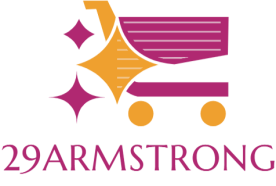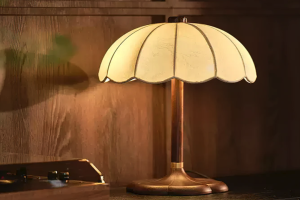
Enhance Your Kitchen with Cold Light Lighting Lamp
Cold light lighting lamps, often referred to as cool white or daylight lamps, have gained significant popularity in modern interior design, particularly in kitchen spaces. These lamps emit a bluish-white light that mimics natural daylight, creating an environment that is both vibrant and energizing. Unlike traditional incandescent bulbs, which produce a warm yellow glow, cold light lamps are designed to enhance visibility and clarity, making them ideal for tasks that require precision and attention to detail.
The spectrum of light emitted by these lamps is particularly beneficial in kitchens, where cooking and food preparation demand optimal lighting conditions. The technology behind cold light lamps Aluredesign has evolved considerably over the years. Initially, fluorescent tubes were the primary source of cold light, but advancements have led to the development of LED options that are more energy-efficient and longer-lasting.
These modern cold light lamps not only provide superior illumination but also come in various designs and styles, allowing homeowners to integrate them seamlessly into their kitchen aesthetics. As kitchens increasingly become the heart of the home, the choice of lighting plays a crucial role in both functionality and ambiance.
Benefits of Cold Light in the Kitchen
One of the most significant advantages of cold light in the kitchen is its ability to enhance visibility. The bright, clear illumination provided by cold light lamps allows for better color differentiation, which is essential when preparing food. For instance, when chopping vegetables or measuring ingredients, the accurate representation of colors can prevent mistakes and ensure that dishes are prepared correctly.
This clarity is particularly beneficial for tasks that require precision, such as baking, where the exact measurement of ingredients can significantly impact the final product. In addition to improving visibility, cold light also contributes to a more energetic atmosphere. The bluish hue of cold light can invigorate the space, making it feel more lively and welcoming.
This is especially important in kitchens, where families often gather for meals and socializing. The bright environment created by cold light can encourage productivity and creativity in cooking, transforming meal preparation from a mundane task into an enjoyable experience. Furthermore, the psychological effects of lighting should not be underestimated; studies have shown that exposure to bright light can enhance mood and increase alertness, making it an excellent choice for spaces where people spend considerable time.
Different Types of Cold Light Lighting Lamps
Cold light lamps come in various forms, each with its unique characteristics and applications. One of the most common types is the LED bulb, which has rapidly become a favorite among homeowners due to its energy efficiency and longevity. LED cold light bulbs are available in different shapes and sizes, including standard A19 bulbs for general lighting and specialized options like PAR bulbs for focused task lighting.
Their versatility allows them to be used in various fixtures, from pendant lights over kitchen islands to recessed lighting in cabinets. Another popular option is fluorescent lighting, which has been a staple in commercial kitchens for decades. These lamps are typically found in long tubes and are ideal for providing uniform lighting across larger areas.
While they are less energy-efficient than LEDs, they still offer a cooler color temperature that can brighten up a kitchen space effectively. Additionally, compact fluorescent lamps (CFLs) are available in cold light varieties and can be used in standard light fixtures, providing an energy-efficient alternative to traditional incandescent bulbs. Halogen bulbs also fall under the category of cold light lamps.
These bulbs produce a bright white light that is often used in track lighting or under-cabinet fixtures. Halogen lights have a higher color temperature than incandescent bulbs, making them suitable for highlighting specific areas or features within the kitchen. However, they tend to generate more heat than LED or fluorescent options, which is an important consideration when selecting lighting for a space where heat can already be a concern.
How to Choose the Right Cold Light Lighting Lamp for Your Kitchen
Selecting the appropriate cold light lamp for your kitchen involves several considerations that go beyond mere aesthetics. First and foremost, it is essential to assess the specific tasks that will be performed in the kitchen. For example, if you frequently engage in detailed cooking or baking activities, you may want to opt for brighter LED bulbs with a higher lumen output to ensure optimal visibility.
Conversely, if your kitchen serves primarily as a gathering space rather than a cooking area, you might prioritize softer lighting options that still maintain a cool color temperature. Another critical factor is the color temperature of the lamp itself. Cold light lamps typically range from 4000K to 6500K on the Kelvin scale.
A color temperature closer to 4000K provides a neutral white light that is suitable for general tasks, while options above 5000K offer a daylight-like quality that can enhance focus and alertness. It’s advisable to consider how the chosen color temperature will interact with other lighting sources in your kitchen to create a cohesive look. Additionally, consider the design and style of the lamp.
Cold light fixtures come in various designs—from sleek modern styles to more traditional looks—allowing you to choose one that complements your kitchen decor. The placement of the lighting is also crucial; layering different types of cold light fixtures can create depth and dimension within the space. For instance, combining recessed lighting with pendant lights over an island can provide both functional task lighting and ambient illumination.
Installation and Maintenance of Cold Light Lighting Lamps
Installing cold light lamps can vary depending on the type of fixture chosen and the existing electrical setup in your kitchen. For simple bulb replacements, such as switching out incandescent bulbs for LED or CFL options, the process is straightforward and requires minimal tools—typically just a ladder if you need to reach high fixtures. However, for more complex installations involving recessed lighting or new fixtures, it may be advisable to consult with or hire a licensed electrician to ensure safety and compliance with local building codes.
Once installed, maintaining cold light lamps is generally less demanding than traditional incandescent options due to their longer lifespan and durability. LED bulbs can last up to 25,000 hours or more, significantly reducing the frequency of replacements. However, it’s still essential to periodically check fixtures for dust accumulation or any signs of wear.
Cleaning fixtures with a soft cloth can help maintain brightness and prevent any dimming caused by dirt buildup. For fluorescent tubes or compact fluorescent lamps, it’s important to handle them carefully during installation and replacement due to their glass construction. Additionally, disposing of these bulbs should be done according to local regulations since they contain small amounts of mercury.
Many communities offer recycling programs specifically for fluorescent bulbs to ensure safe disposal.
Tips for Enhancing Your Kitchen with Cold Light
Layering Light Sources for Optimal Functionality
One effective approach is layering different types of cold light sources throughout the space. Combining ambient lighting from ceiling fixtures with task lighting from under-cabinet lights can create a well-lit environment that caters to various activities—from cooking to entertaining guests.
Dimming Capabilities for Versatility
Another tip is to utilize dimmable cold light fixtures where possible. Dimming capabilities allow you to adjust the brightness according to the time of day or specific tasks at hand. For instance, during meal prep, you might prefer brighter lighting for clarity, while softer illumination may be more suitable during dinner parties or family gatherings when creating a cozy atmosphere is desired.
Accent Lighting for Visual Appeal
Incorporating accent lighting can also enhance your kitchen’s visual appeal while utilizing cold light effectively. Highlighting architectural features such as open shelving or decorative backsplashes with focused cold light can draw attention to these elements while providing additional illumination where needed. Using LED strip lights under cabinets or along shelves can create a modern look while ensuring that work surfaces remain well-lit.
Cold Light Lighting Lamp in Kitchen Design Trends
The use of cold light lamps aligns seamlessly with current kitchen design trends that emphasize minimalism and functionality. As homeowners increasingly seek clean lines and uncluttered spaces, cold light fixtures complement this aesthetic by providing bright illumination without overwhelming visual elements. The sleek design of many modern cold light fixtures allows them to blend effortlessly into contemporary kitchens while enhancing their overall functionality.
Moreover, sustainability has become a significant focus in kitchen design trends, with many homeowners opting for energy-efficient solutions like LED cold light lamps. These bulbs not only reduce energy consumption but also contribute to lower utility bills over time—an appealing factor for environmentally conscious consumers. As more people prioritize eco-friendly choices in their homes, incorporating cold light technology aligns with these values while providing practical benefits.
The trend towards open-concept living spaces has also influenced how kitchens are lit with cold light. In these designs, kitchens often flow into dining or living areas, necessitating cohesive lighting solutions that maintain visual continuity throughout the space. Cold light fixtures can serve as a unifying element across different zones while ensuring that each area remains adequately illuminated.
Conclusion and Final Thoughts on Cold Light Lighting Lamps for the Kitchen
Cold light lighting lamps represent an innovative solution for enhancing kitchen environments through improved visibility and energy efficiency. Their ability to mimic natural daylight not only elevates functionality but also contributes positively to mood and productivity within this vital space of the home. With various types available—from LED bulbs to fluorescent tubes—homeowners have ample options to choose from based on their specific needs and design preferences.
As kitchens continue to evolve into multifunctional spaces where cooking meets socializing, the importance of effective lighting cannot be overstated. By carefully selecting and strategically placing cold light fixtures throughout the kitchen, individuals can create an inviting atmosphere that encourages culinary creativity while ensuring safety during food preparation tasks. Embracing this modern approach to kitchen lighting not only enhances daily activities but also aligns with broader design trends focused on sustainability and minimalism—making cold light lamps an essential consideration for any contemporary kitchen renovation or design project.


